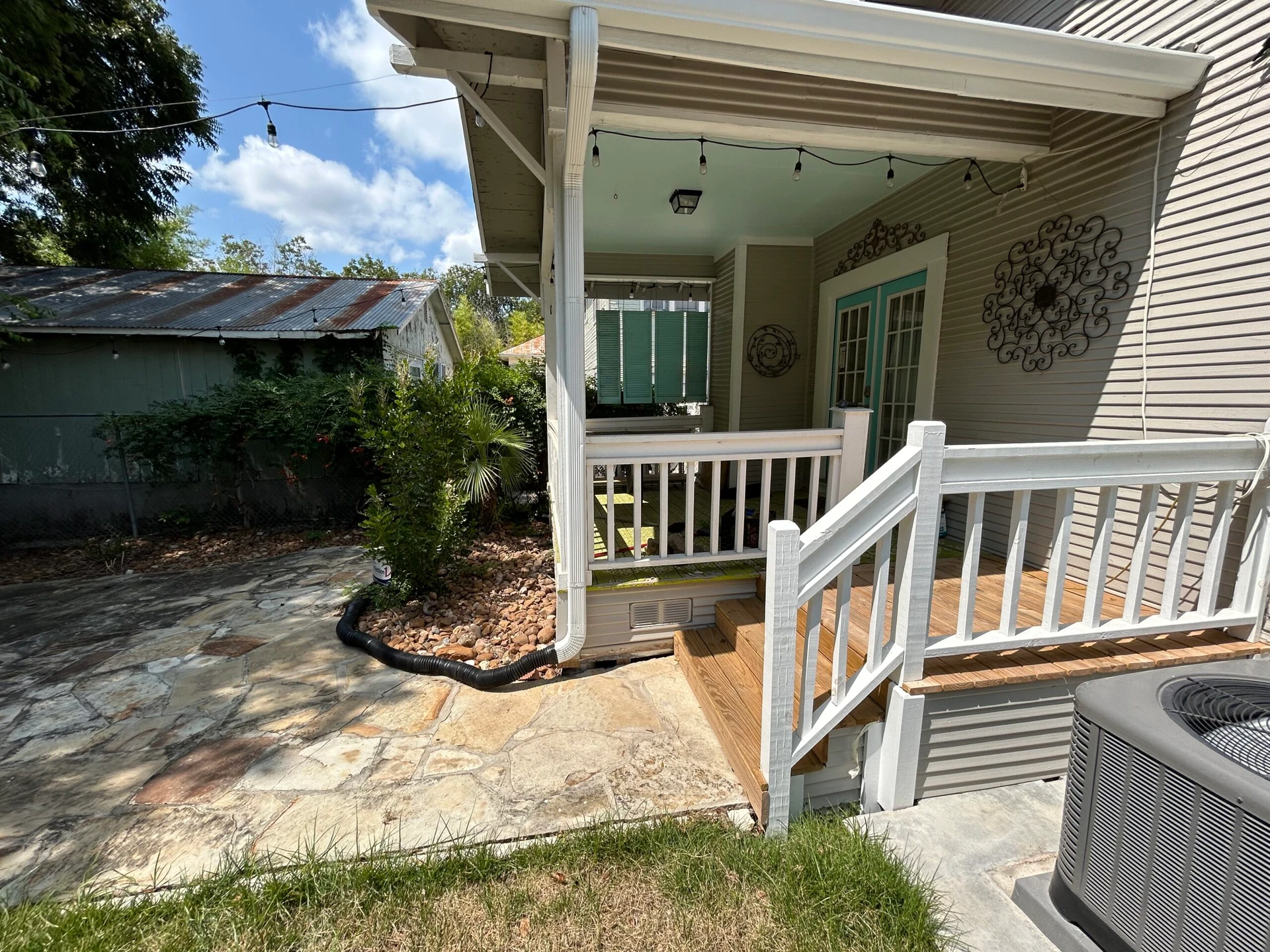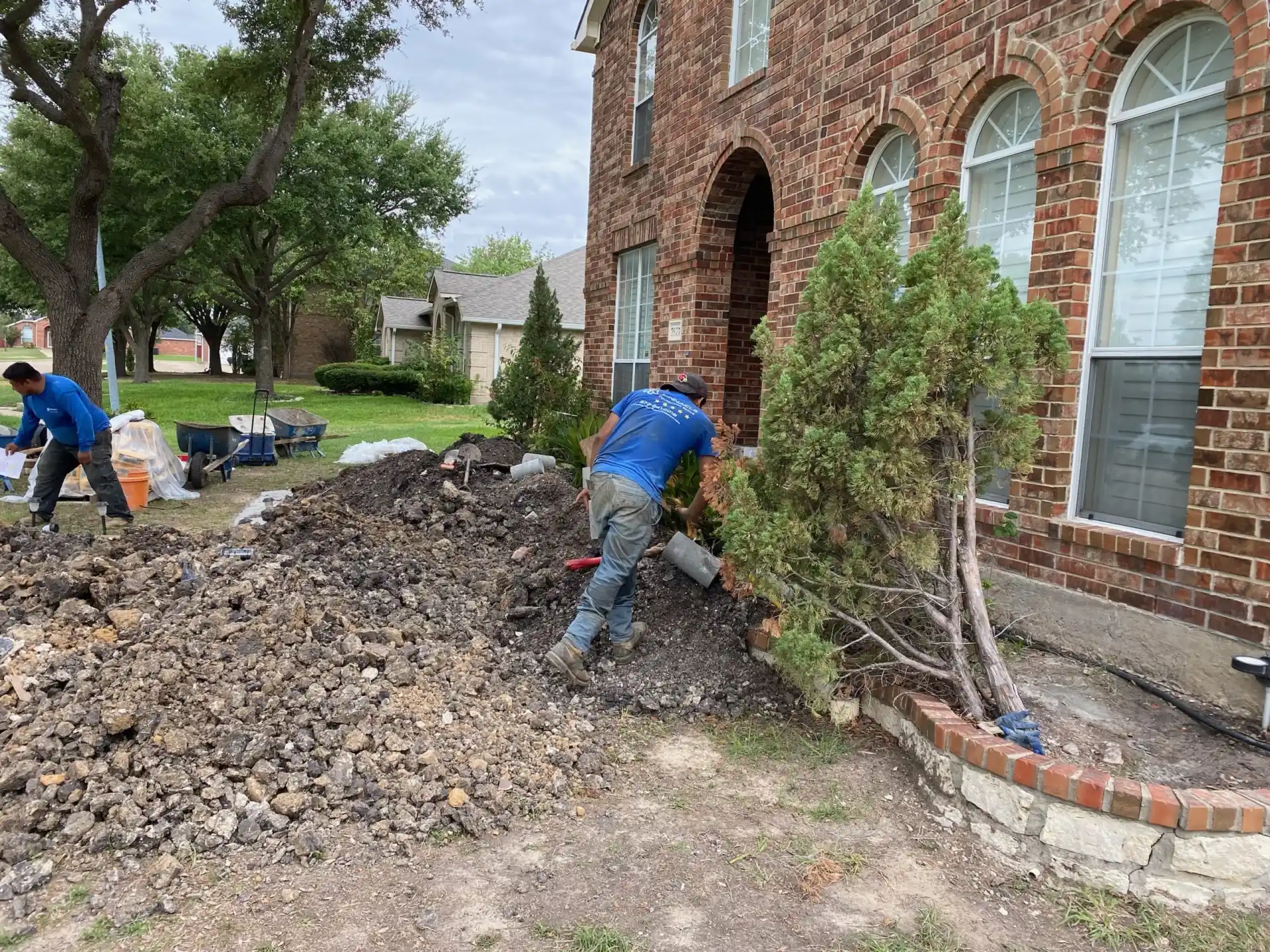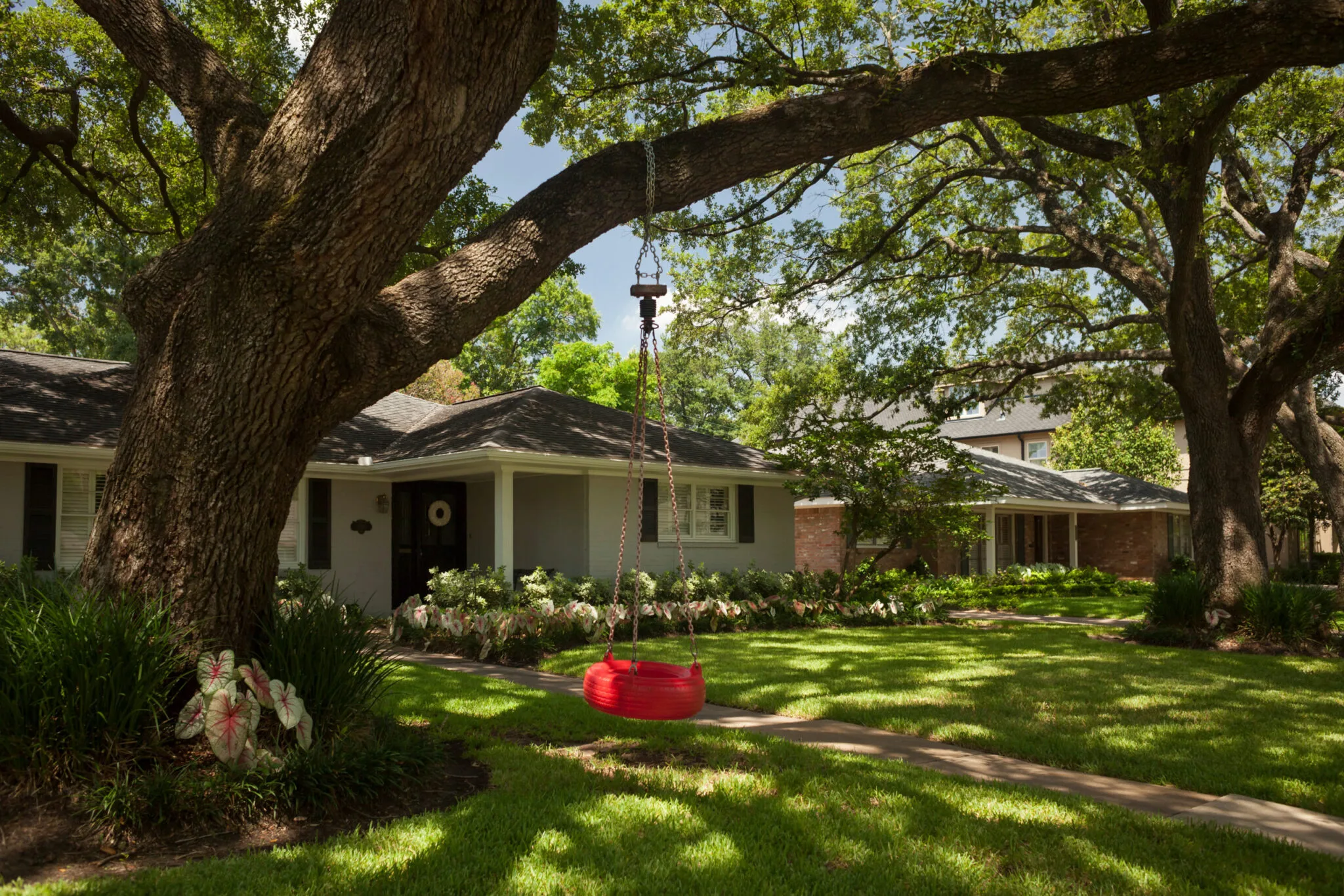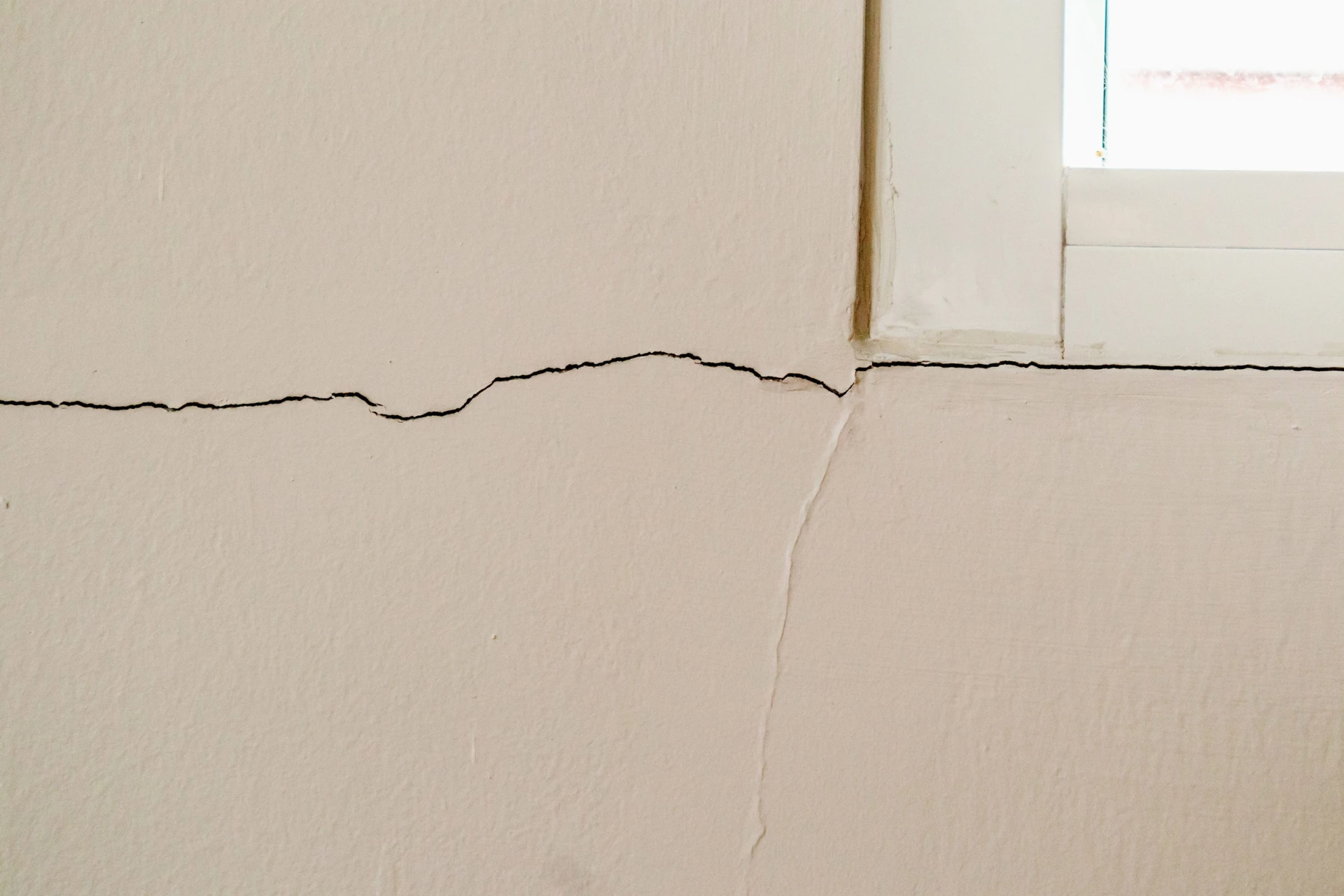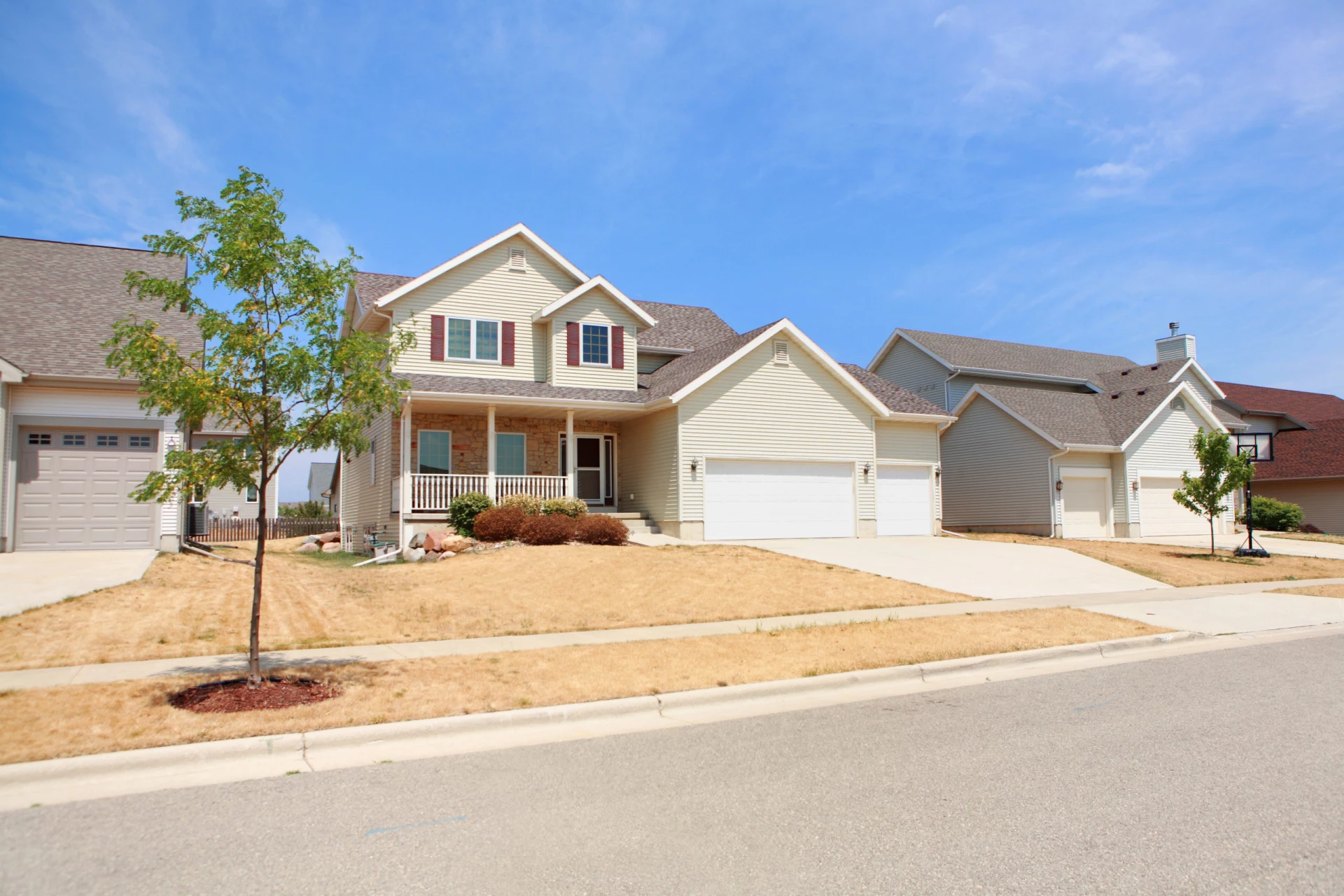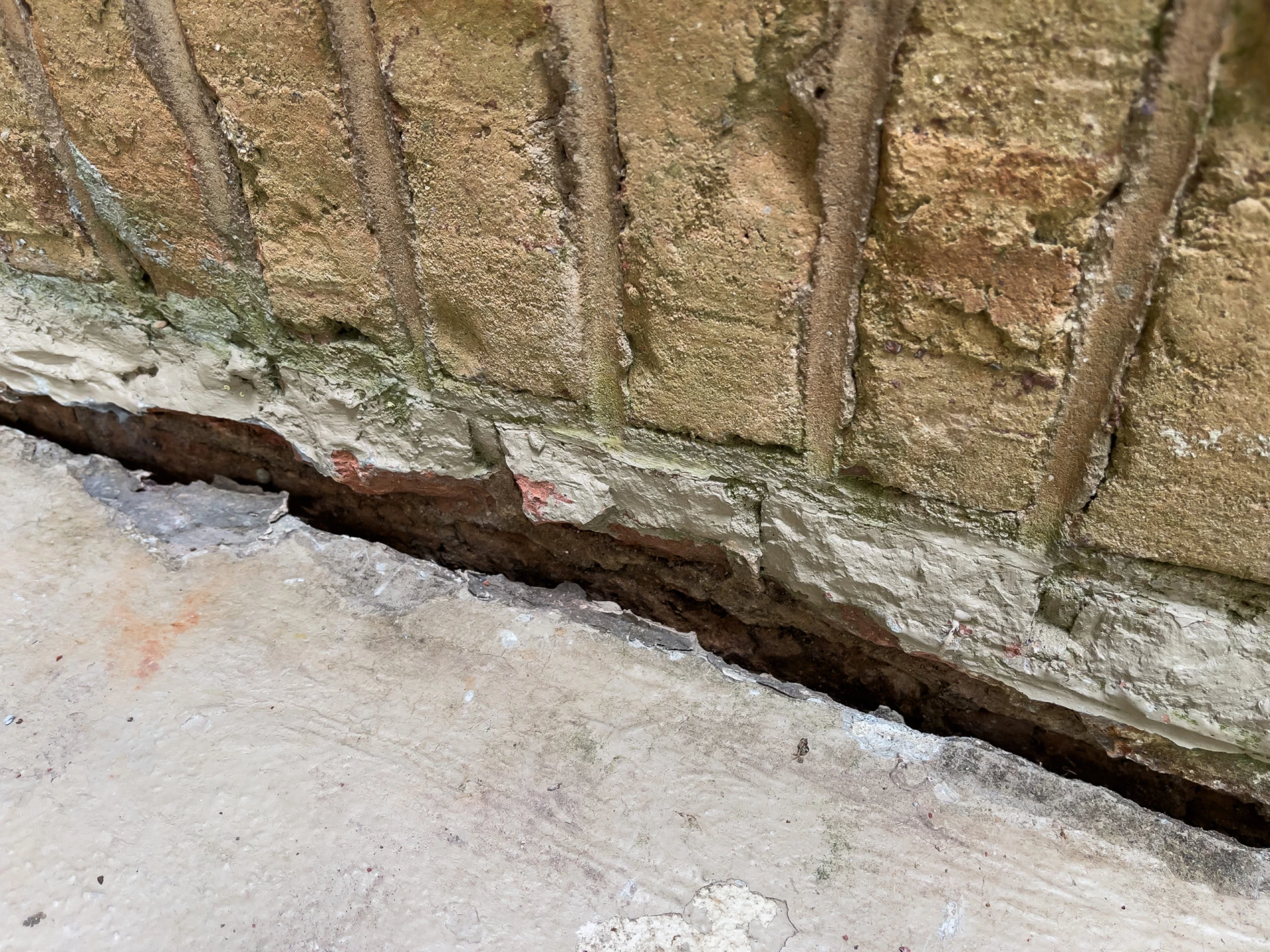Living in an area with temperamental soil – like the clay common throughout DFW and most of Texas – can be tough on your home’s foundation. That’s where pier and beam foundations come in. Unlike slab or basement foundations, pier and beam systems are great at keeping your house steady on shifting ground. They do need some maintenance to stay strong and stable, but fixing them up is usually significantly more affordable than dealing with a slab foundation, especially if you catch issues early on.
Here at Pinnacle Foundation Repair, we’re specialists in these types of foundations and repairing the potential issues they can bring. Our team is here to provide customized solutions to bring stability back to your home, giving you and your family peace of mind.
What exactly is a Pier and Beam Foundation?
Before modern concrete slabs became the norm, a lot of homes built before 1960 relied on pier and beam (or block and base) foundations. These older styles leave a gap between the structure and the ground, creating a crawl space.
Pier and beam foundations raise the home above ground level using a system of piers and wooden beams. Unlike slab foundations, pier and beam structures create a crawl space underneath, making plumbing, electrical wiring, and HVAC systems a lot more accessible, which is a plus for maintenance and repairs.
This older foundation style also offers other benefits like improved ventilation, moisture control, and adaptability to uneven terrain. Pier and beam systems are better equipped to handle soil movement (thanks to the concrete piers reinforced with steel rebar) which support the home. This provides a stable platform even when the soil shifts, which as we know is all too common in areas with clay soil.
Usually, a pier and beam foundation consists of three main parts: concrete spread footings at ground level, concrete piers stacked on them (which support the wooden floor joists and subflooring above), and a concrete foundation beam around the home’s perimeter.
Recognizing the Signs of Trouble
While pier and beam foundations are generally low-maintenance, they can deteriorate over time, especially if they haven’t been properly cared for. Here are some warning signs that might indicate your pier and beam foundation needs attention:
Uneven Floors: Noticeable dips, slopes, or gaps in your floors can be a sign of foundation issues. Additionally, cracking tiles can point to uneven support beneath the surface.
Door and Window Issues: Sticking doors and windows that won’t open or close properly can be caused by foundation movement. As the foundation shifts, the frames of your doors and windows can become misaligned.
Wall Cracks: Cracks in your foundation walls, both inside and outside the house, can be a significant indicator of foundation problems. These cracks can appear hairline-thin at first, but they may widen over time if left unaddressed.
If you live in a pier and beam house in Texas and notice any of these issues, it’s worth calling in for a professional (and free) inspection from Pinnacle.
Fixes for Common Pier and Beam Foundation Issues
Once you get your free inspection, we’ll pinpoint the issue and suggest the best repair solution for your home and your budget. Here are four 4 of the most common pier and beam foundation problems and how we fix them:
1. Piers that Lean, Sink, or Collapse
Over time, piers can lean, sink, or even collapse due to soil movement. Instability in one pier can also cause the rest of your foundation to become uneven, causing cracks and other warning signs. Depending on the strain caused by a collapsed pier, floor beams can also be damaged.
If a pier under your home shifts or collapses, our first approach will be to shim and stabilize them. If the damage has progressed too far, we will replace the steel pier piling.
2. Beams that have Shifted
Instability in the soil or foundation can cause beams to shift over time. Sagging floors are often a sign of a beam that has moved out of its correct supportive position.
Solutions to shifted beams include installing shims, reinforcing the foundation in critical areas, or adding new piers entirely.
3. Shim Failure
If previous homeowners had repairs done to the foundation using inferior materials, the support shims they added to reinforce stability can decay and stop working.
If old repairs are no longer working, we can replace those shims with a durable material such as steel for ongoing stability.
4. Rotting, Decayed, or Moldy Beams
Rotten, decayed, or moldy beams are more common in wood construction, whereas steel beams are less prone to these issues. Moisture seepage, seasonal flooding, or insect infestation can kickstart the decay process.
If you see visible mold and mildew on your beams, it’s a sign that moisture damage might have seeped inside. Rotten and decaying beams are unstable and usually need to be replaced entirely.
Taking Care of Your Home's Foundation
Taking care of foundation problems early on can save you money and stress down the road. Regular check-ups by a qualified foundation repair company are key to keeping your home strong and stable. By catching issues early, you can stop them from getting worse and costing more to fix.
We’ve been a family-owned business serving the DFW area since 1963, providing quality foundation repair services to generations of homeowners. We know the challenges of pier and beam foundations around here and offer a wide range of repair options. Whether you need a simple fix or a more thorough repair job, we’ve got you covered, matching your needs and budget.
A pier and beam foundation is a solid choice for your home, especially in tricky soil like the expansive clay found in the DFW area. By keeping an eye out for warning signs and teaming up with a trusted foundation repair company, you can ensure your home stays stable and secure for years to come.






